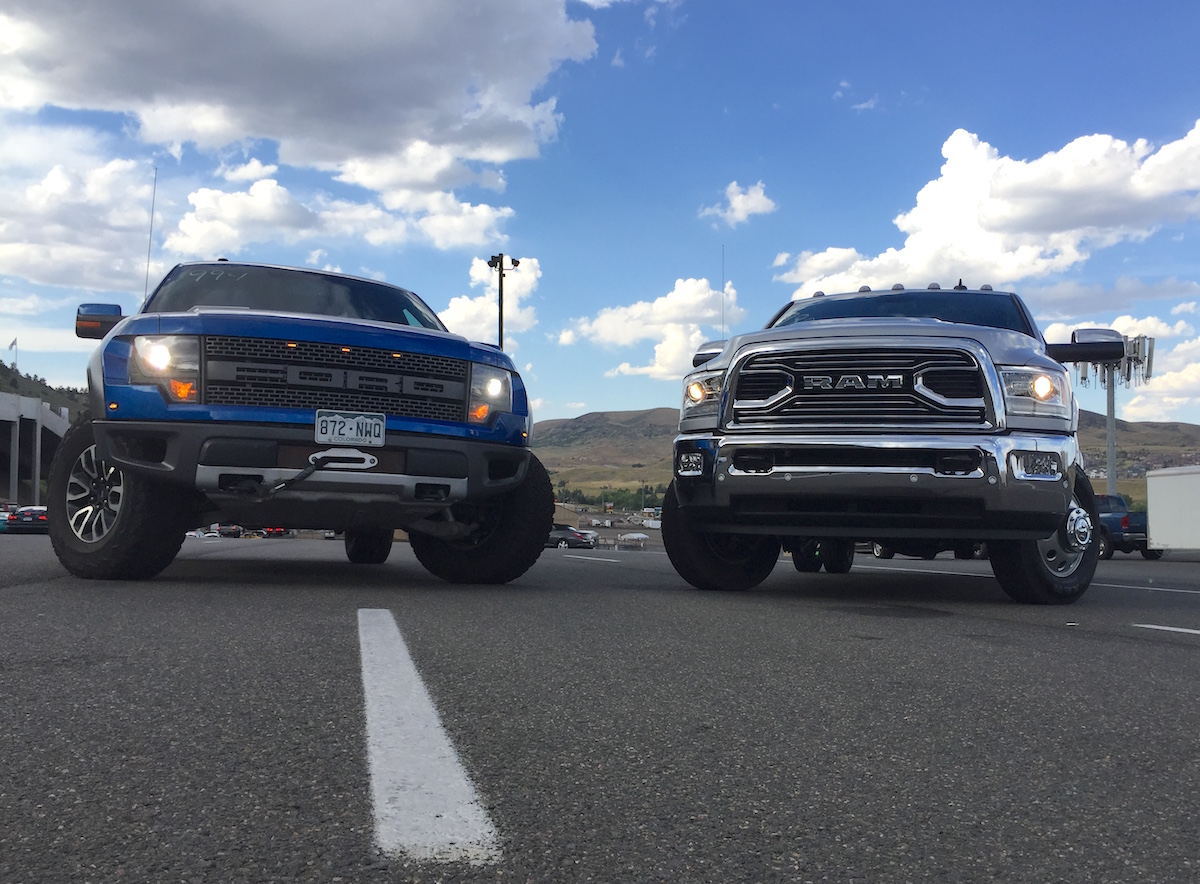(Sponsored)

Truck guys and gals love modifying our trucks, or at least think about suspension lifts, new wheels, tires, and more. Getting a new wheel and tire package can truly transform the look and capability of your truck. There are also many issues that have to do with modifications. Larger wheel/tire diameter can cause the tires to rub when turning or off-roading. A taller tire may also make the truck less stable and higher speeds.
Our friends at American Trucks have put together this guide to selecting the correct wheel offset for best results.
The off-set is basically where the wheel mounting surface is in relation to the center line of the wheel. There can be positive or negative off-set. In other words, your wheel can either be tucked in under the fender or pushed further out (or “poking out”) to make a wider track.
The wheel off-set choice also matters when choosing various tire widths. If you are looking to get a wider tire than what was on your truck from the factory, then a slightly wider track may help.
There are cases when you want a flush tire fitment (when the wheel/tire match the width of the stock fenders). This can be done with just the right about of offset. A stock wheel fitment is usually the one when the tires is tucked in inside the width of the fender. When you introduce negative offset, that’s how you can get those wheels to poke out. One thing to keep in mind, there are regulations on how much of “uncovered” tires can stick out past the fender. It’s also a big bummer when your tires are flinging mud and rocks down the side of your truck or at vehicles behind you.
Check out the Wheel Offset Guide for more details.
















![Which is More Reliable: 3.5L EcoBoost or 5.0L V8? [Reader Question] Second-generation 3.5-liter EcoBoost engine](https://tfltruck.com/wp-content/uploads/2016/05/Second-generation-35-liter-EcoBoost-engine.jpg)
![Which Silverado Engine to Get: 5.3L or 6.2L V8? [Ask TFLTruck] 2016 chevy silverado](https://tfltruck.com/wp-content/uploads/2015/10/2016-chevy-silverado-grille.jpg)
